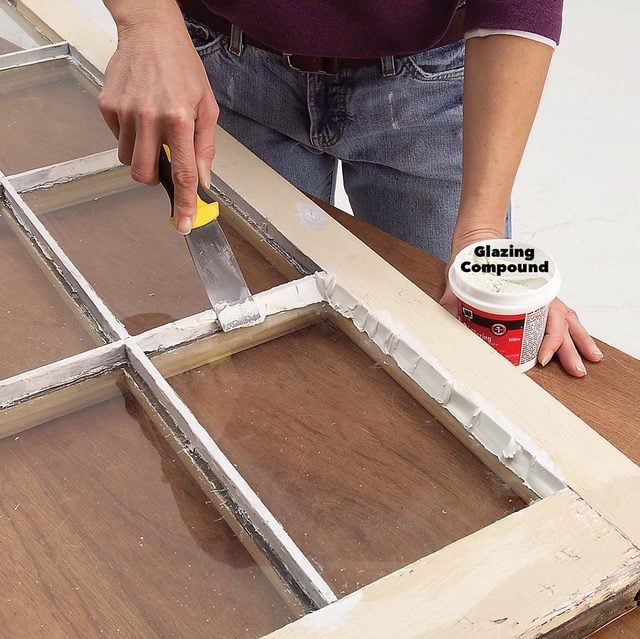Storefront Glazing: 11 Thing You're Leaving Out
Storefront Glazing: Enhancing Aesthetics and Functionality
Storefront glazing is a vital element of commercial architecture, playing an important function in how companies provide themselves to the public. It combines both form and function, offering aesthetic appeal while also ensuring energy effectiveness and visibility. This post checks out the different types of storefront glazing, their advantages, considerations, and best practices for installation.
Comprehending Storefront Glazing
Storefront glazing describes the glass components of a building's facade, particularly in commercial settings. It includes windows, glass doors, and often glass walls that comprise the entrance or display locations of retail and other public-facing organizations. repairmywindowsanddoors of glazing materials can considerably influence not only the look of a storefront but likewise its total efficiency.
Kinds Of Storefront Glazing
Single Glazing:
- Consists of one layer of glass.
- Typically less energy-efficient.
- Often utilized in older structures.
Double Glazing:
- Features two layers of glass with an insulating area in between.
- Uses better thermal insulation and soundproofing.
- Frequently used in contemporary shops.
Triple Glazing:
- Incorporates three layers of glass.
- Supplies maximum insulation and energy efficiency.
- Best matched for incredibly cold climates.
Low-E Glass:
- Coated with a special film that reflects UV rays and decreases heat loss.
- Assists preserve comfy indoor temperatures.
- Suitable for energy-conscious services.
Tempered Glass:
- Heat-treated to be stronger than standard glass.
- Shatters into small, safer pieces when broken.
- Often used in high-traffic locations for added security.
Laminated Glass:
- Composed of two or more layers of glass bonded by an interlayer.
- Provides sound insulation and improved security.
- Can be beneficial in locations prone to vandalism.
Benefits of Storefront Glazing
Storefront glazing deals many advantages to companies and building owners, including:
Aesthetic Appeal: A well-designed storefront enhances the visual appeal of a service, drawing in customers and enhancing brand name image.
Natural Light: High-quality glazing can maximize natural light, developing a pleasant environment inside the shop.
Energy Efficiency: Advanced glazing materials can considerably reduce energy usage, causing cost savings on cooling and heating.
Security and Security: Using strong and laminated glass can assist protect versus burglaries and mishaps.
Marketing Opportunities: Glazed stores provide outstanding visibility for items and promos, enhancing marketing efforts.
Advantage
Description
Visual Appeal
Enhances visual attractiveness of a company.
Natural Light
Optimizes daytime within interiors.
Energy Efficiency
Minimizes energy costs through improved insulation.
Security and Security
Protects against invasions and accidents.
Marketing Opportunities
Increases item visibility and draws consumers in.
Considerations for Choosing Storefront Glazing
When picking the proper glazing for a storefront, a number of aspects must be thought about:
Location: The geographical area and climate determine the kind of glazing required for optimal efficiency.
Building Design: The architectural design and products utilized in the building might influence the option of glazing.
Regulative Standards: Local structure codes might have particular requirements relating to safety and energy effectiveness.
Spending plan: High-performance glazing choices can be more expensive, however typically lead to long-lasting savings.
Functionality: Consider the main purpose of the storefront: Is it mainly for display screen or does it also need to provide personal privacy and security?
Best Practices for Installation
Proper installation is vital to maximizing the efficiency and durability of storefront glazing. Here are some best practices:
Hire Experienced Professionals: Always work with qualified glazing professionals who comprehend the nuances of commercial installations.
Ensure Proper Sealing: Well-sealed joints prevent air and water leakages, boosting energy effectiveness.
Usage Quality Materials: Opt for high-quality glass and framing products that endure ecological factors.
Regular Maintenance: Implement a maintenance schedule to clean and inspect the glazing, ensuring its longevity and efficiency.
Regularly Asked Questions (FAQs)
Q1: What is the difference between double and triple glazing?
A1: Double glazing consists of 2 layers of glass, while triple glazing consists of 3 layers. Triple glazing offers much better thermal insulation, making it more energy-efficient.
Q2: How does low-E glass work?
A2: Low-E glass has an unique covering that shows heat and obstructs UV rays, helping to control indoor temperatures and protect furniture from sun damage.
Q3: Is tempered glass necessary for all stores?
A3: While not mandatory for all stores, tempered glass is suggested for locations where security is vital, such as entryways or high-traffic places.
Q4: Can storefront glazing impact my energy costs?
A4: Yes, the ideal glazing can substantially minimize cooling and heating expenses through better insulation and energy effectiveness.
Q5: How typically should storefront glazing be maintained?
A5: Regular upkeep needs to be scheduled at least as soon as a year, however cleansing and assessments should be performed more often in high-traffic locations.
Storefront glazing is an essential function of modern-day commercial architecture that integrates visual appeal and useful performance. By comprehending the types of glazing readily available, their advantages, and crucial considerations for selection and installation, services can make educated decisions that improve their exposure, security, and general performance. In an industry driven by very first impressions, a well-designed storefront can make all the difference in bring in customers and standing apart in a competitive market.
